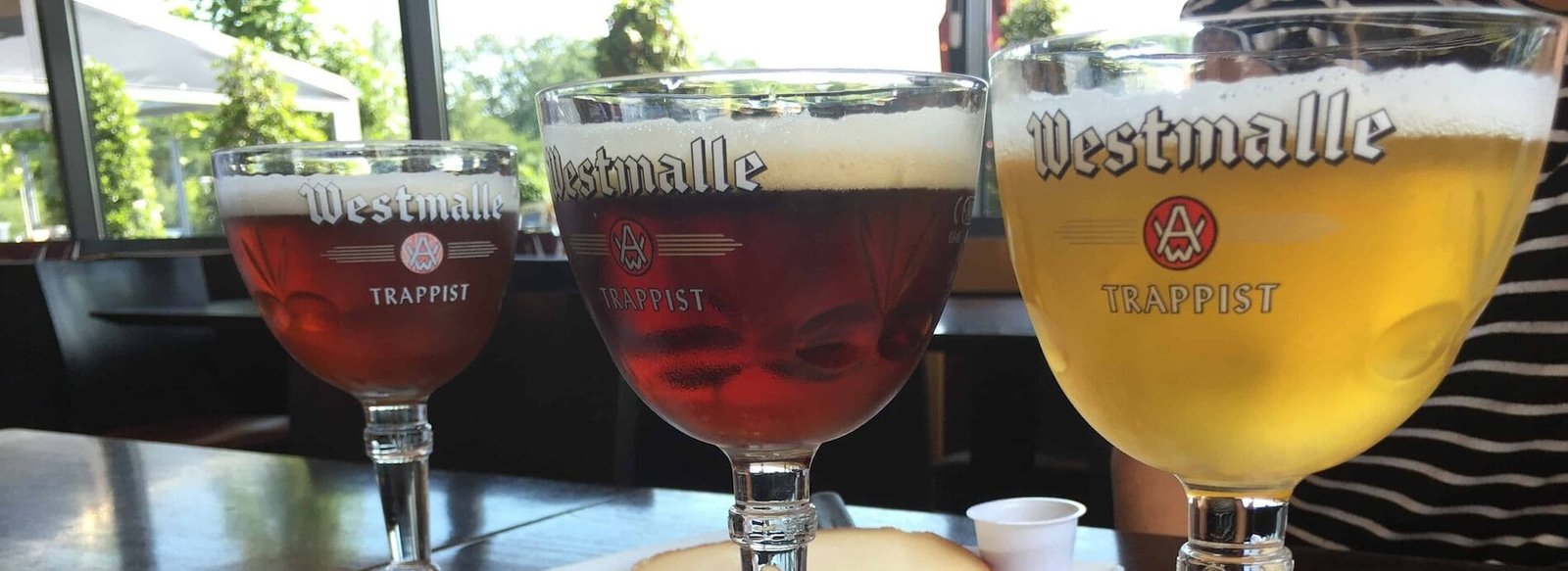Belgium, a small yet culturally rich country in Western Europe, is often celebrated for its chocolates, beers, and picturesque medieval towns. However, beneath the surface of its culinary fame lies a robust agricultural tradition, particularly in the cultivation of grains. Barley, wheat, and other grains have played a pivotal role in Belgium’s history, economy, and gastronomy. This article delves into the significance of these grains, exploring their cultivation, varieties, and the impact they have on Belgian society.
The Historical Context of Grain Cultivation in Belgium
Grain cultivation in Belgium has roots that stretch back thousands of years. Archaeological evidence suggests that early agricultural practices in the region included the cultivation of various grains, which were essential for sustenance and trade. The fertile plains of Flanders and Wallonia provided ideal conditions for growing a range of crops, including barley and wheat.
During the Middle Ages, Belgium emerged as a significant agricultural hub in Europe. The region’s grain production was vital for feeding its growing population and supporting its burgeoning cities. The establishment of trade routes allowed Belgian grains to be exported to neighboring countries, further solidifying the country’s agricultural importance.
Barley: The Backbone of Belgian Brewing
One of the most significant grains in Belgium is barley, particularly its role in the brewing industry. Barley is a key ingredient in many of Belgium’s renowned beers, contributing to the flavor, aroma, and body of the final product. The country boasts a diverse beer culture, with styles ranging from Trappist ales to lambics, each requiring specific barley varieties for optimal results.
Belgian brewers often use two-row and six-row barley, with the former being preferred for its higher enzyme content, which aids in the fermentation process. The malting process is crucial, as it transforms raw barley into malt, which is then used in brewing. Belgian malsters employ traditional methods, allowing for a variety of malt profiles that enhance the complexity of the beers.
In addition to its use in brewing, barley is also a staple in animal feed, supporting the livestock industry. The dual-purpose nature of barley underscores its importance to both human consumption and agricultural sustainability.
Wheat: A Staple for Bread and Pastry
Wheat is another vital grain in Belgium, particularly for its role in baking. Belgian bread and pastries are renowned for their quality, and this is largely attributed to the high-quality wheat grown in the region. Soft wheat is predominantly used for bread-making, while durum wheat is favored for pasta production.
Belgian bakers have a long-standing tradition of crafting artisanal breads, with each region boasting its unique specialties. From the crusty loaves of Bruges to the soft, fluffy rolls of Liège, wheat is at the heart of these culinary creations. The use of locally sourced wheat not only supports local farmers but also ensures that the bread reflects the terroir of the region.
In addition to bread, wheat is essential for producing various pastries and desserts. Belgian waffles, for instance, are a beloved treat, with their light, airy texture achieved through the use of high-quality wheat flour. The versatility of wheat in Belgian cuisine highlights its significance in both everyday meals and festive occasions.
Other Grains in Belgium’s Agricultural Landscape
While barley and wheat dominate the grain landscape, Belgium also cultivates other grains that contribute to its agricultural diversity. Rye, oats, and spelt are among the grains that have gained popularity in recent years, particularly as consumers seek healthier and more sustainable options.
Rye, known for its robust flavor, is often used in traditional breads, particularly in the Walloon region. Its ability to thrive in poorer soils makes it a valuable crop for farmers looking to diversify their production. Rye bread, with its dense texture and earthy taste, has become a staple in many Belgian households.
Oats have also seen a resurgence, driven by the growing interest in health and wellness. Oatmeal and oat-based products have gained popularity as nutritious breakfast options. The cultivation of oats aligns with sustainable farming practices, as they require fewer resources compared to other grains.
Spelt, an ancient grain that has been cultivated for centuries, is another noteworthy addition to the Belgian grain landscape. Known for its nutty flavor and high nutritional value, spelt has found its way into various products, including bread, pasta, and even beer. Its adaptability to different growing conditions makes it an attractive option for farmers looking to diversify their crops.
The Role of Sustainable Practices in Grain Cultivation
As global awareness of environmental issues grows, Belgian farmers are increasingly adopting sustainable practices in grain cultivation. Crop rotation, reduced pesticide use, and organic farming methods are becoming more common, reflecting a commitment to preserving the land for future generations.
Sustainable grain farming not only benefits the environment but also enhances the quality of the grains produced. Healthier soils lead to more nutritious crops, which in turn support the health of consumers. The emphasis on sustainability has also sparked interest in heirloom and heritage grain varieties, which are often more resilient and flavorful than their modern counterparts.
The Economic Impact of Grain Production
Grain production is a significant contributor to Belgium’s economy. The agricultural sector employs thousands of people and supports a wide range of industries, from food processing to brewing. The export of Belgian grains, particularly barley and wheat, plays a crucial role in international trade, further bolstering the economy.
Moreover, the grain industry is closely linked to Belgium’s culinary reputation. The use of locally sourced grains in food and beverage production enhances the authenticity of Belgian cuisine, attracting tourists and food enthusiasts alike. This connection between agriculture and gastronomy underscores the importance of grains in shaping Belgium’s identity.
Belgian Grains: Traditional Barley, Wheat, and More
Belgian grains, particularly barley and wheat, are more than just agricultural products; they are integral to the country’s cultural heritage and culinary landscape. From the rich history of grain cultivation to the modern innovations in sustainable farming, these grains continue to shape Belgium’s identity.
As consumers increasingly seek out local and sustainable food sources, the importance of Belgian grains will only continue to grow. The commitment to quality and tradition, combined with a focus on innovation and sustainability, ensures that grains will remain a cornerstone of Belgian agriculture for generations to come. Whether enjoyed in a freshly baked loaf of bread, a crisp beer, or a hearty bowl of oatmeal, Belgian grains are a testament to the country’s rich agricultural legacy and its bright future.

